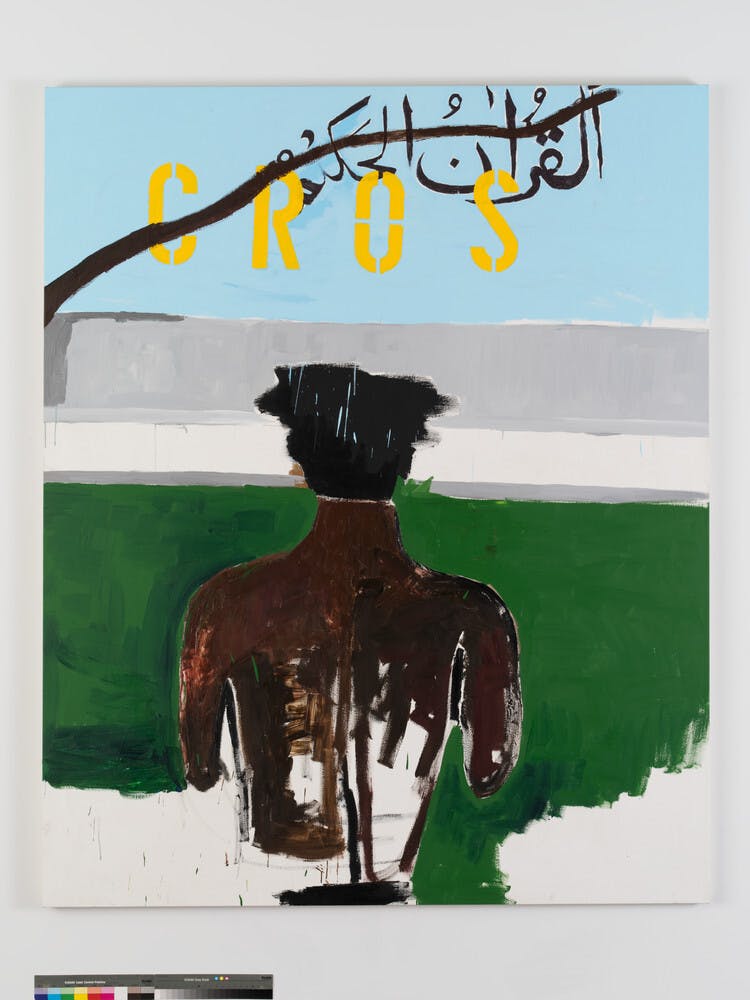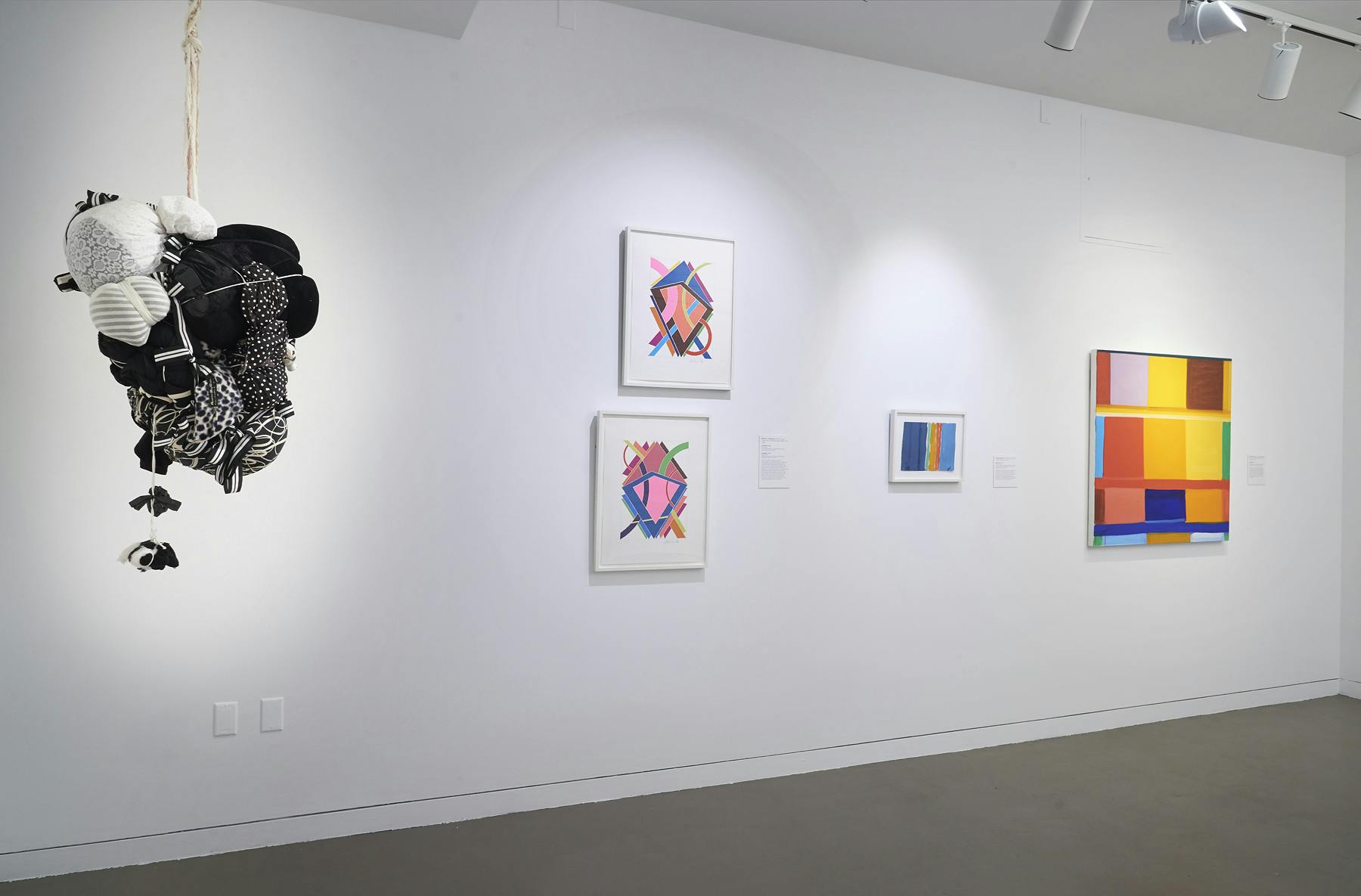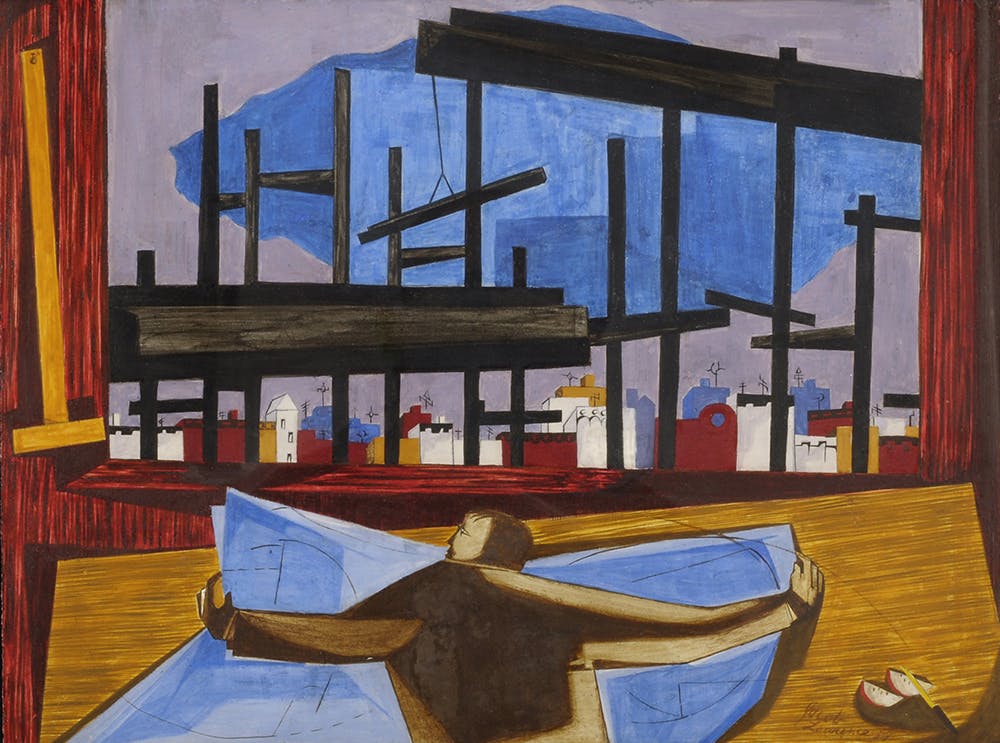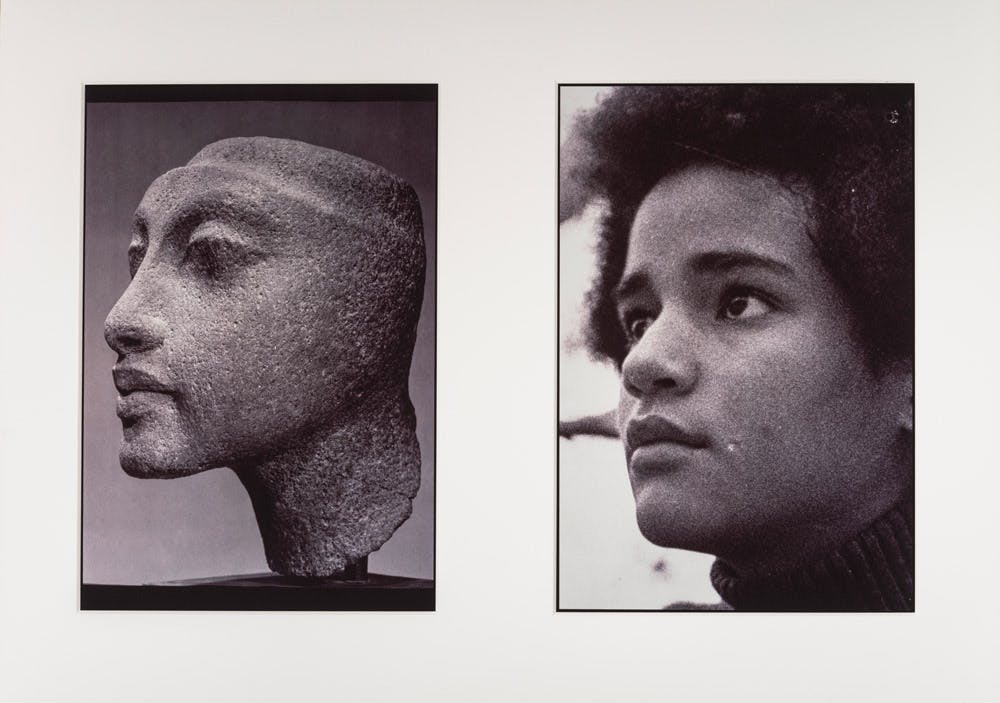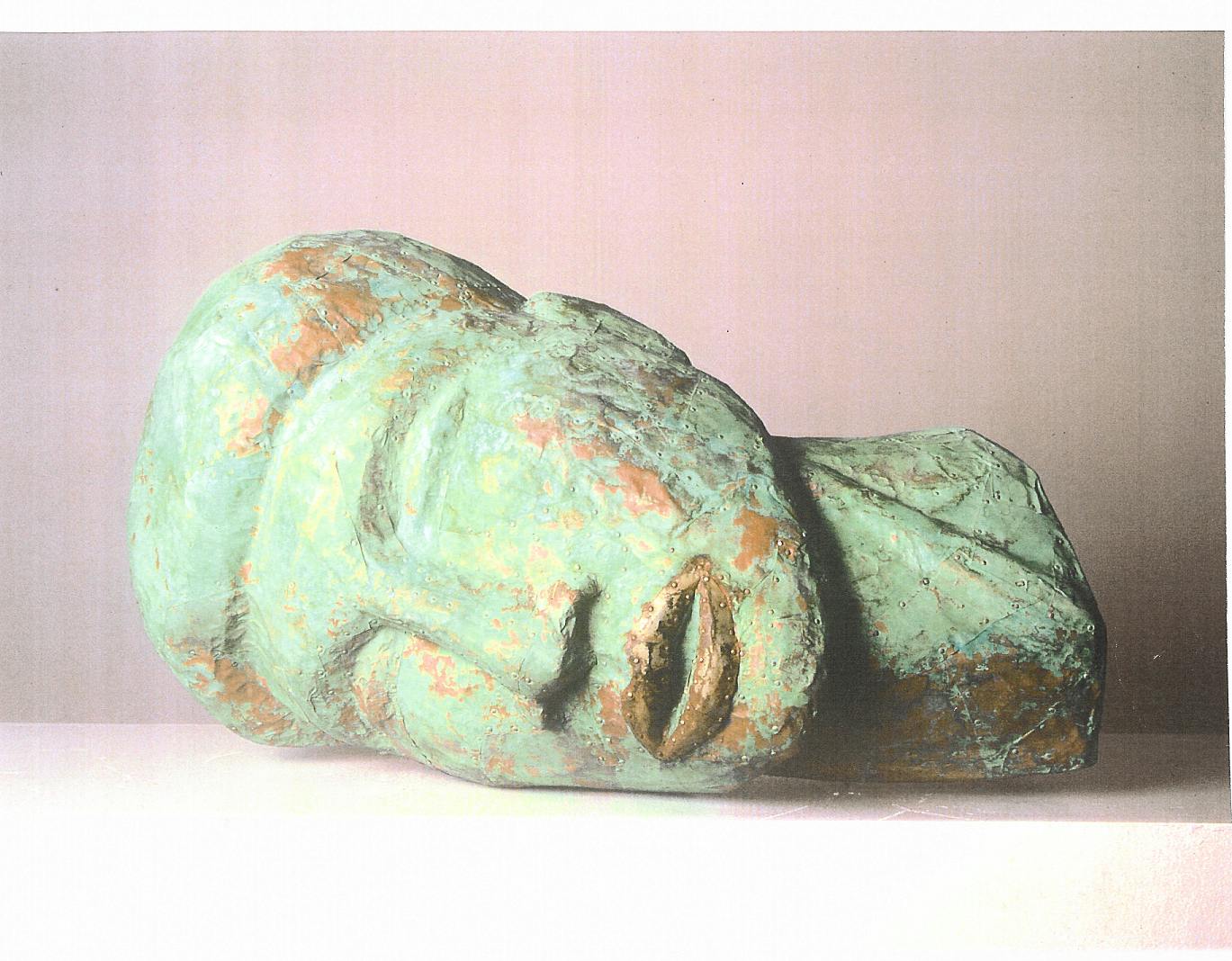Henry Taylor
(b. 1958)Henry Taylor creates assemblage sculptures that transcend the boundaries of painting and sculpture, and combine elements of figurative, landscape, and history painting.
Biography
Henry Taylor wanted to pursue a career as a writer before electing to become an artist. As a child, he observed art in the houses his mother cleaned for a living and through his father, a commercial painter working for the United States government at Naval Air Station Point Mugu in Ventura County, California.
He went on to study at Oxnard College, where he took courses in anthropology, journalism, and set design. He was encouraged to pursue art by James Jarvaise, an abstract painter who served as the head of the department of fine and performing arts at the college. As a student at the California Institute of the Arts, he studied under Charles Gaines, and familiarized himself with the work of artists like Henri Matisse, Bob Thompson, and Alice Neel.
While in school in the 1990s, Taylor also worked as a psychiatric technician at Camarillo State Mental Hospital. This experience gave his work a sense of humanity, as many of his first sitters were patients from the hospital. Since then, he has depicted relatives, athletes, politicians, entertainers, and strangers, conveying each with a sense of empathy. He paints across a multitude of materials beyond canvases, including cereal boxes, suitcases, and furniture, meeting traditional art history mediums with everyday objects. For these works, he creates assemblage sculptures that transcend the boundaries of painting and sculpture, and combine elements of figurative, landscape, and history painting.
Taylor earned his BFA from the California Institute of the Arts. He is the recipient of the Robert De Niro Sr. Prize (2018), and has had his work presented at the Whitney Biennial (2017) and Venice Biennale (2019). The Studio Museum has presented his work in exhibitions such as Henry Taylor: Sis and Bra (2007); Regarding the Figure (2017); and Their Own Harlems (2017).
Exhibitions and Events
Henry Taylor
(b. 1958)Henry Taylor creates assemblage sculptures that transcend the boundaries of painting and sculpture, and combine elements of figurative, landscape, and history painting.
how i got over, 2011
Biography
Henry Taylor wanted to pursue a career as a writer before electing to become an artist. As a child, he observed art in the houses his mother cleaned for a living and through his father, a commercial painter working for the United States government at Naval Air Station Point Mugu in Ventura County, California.
He went on to study at Oxnard College, where he took courses in anthropology, journalism, and set design. He was encouraged to pursue art by James Jarvaise, an abstract painter who served as the head of the department of fine and performing arts at the college. As a student at the California Institute of the Arts, he studied under Charles Gaines, and familiarized himself with the work of artists like Henri Matisse, Bob Thompson, and Alice Neel.
While in school in the 1990s, Taylor also worked as a psychiatric technician at Camarillo State Mental Hospital. This experience gave his work a sense of humanity, as many of his first sitters were patients from the hospital. Since then, he has depicted relatives, athletes, politicians, entertainers, and strangers, conveying each with a sense of empathy. He paints across a multitude of materials beyond canvases, including cereal boxes, suitcases, and furniture, meeting traditional art history mediums with everyday objects. For these works, he creates assemblage sculptures that transcend the boundaries of painting and sculpture, and combine elements of figurative, landscape, and history painting.
Taylor earned his BFA from the California Institute of the Arts. He is the recipient of the Robert De Niro Sr. Prize (2018), and has had his work presented at the Whitney Biennial (2017) and Venice Biennale (2019). The Studio Museum has presented his work in exhibitions such as Henry Taylor: Sis and Bra (2007); Regarding the Figure (2017); and Their Own Harlems (2017).

